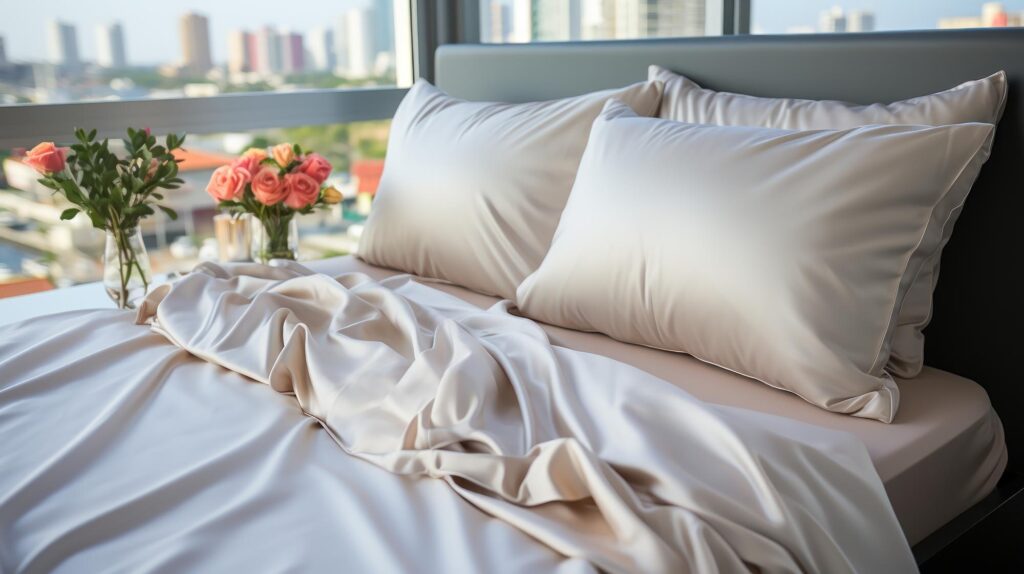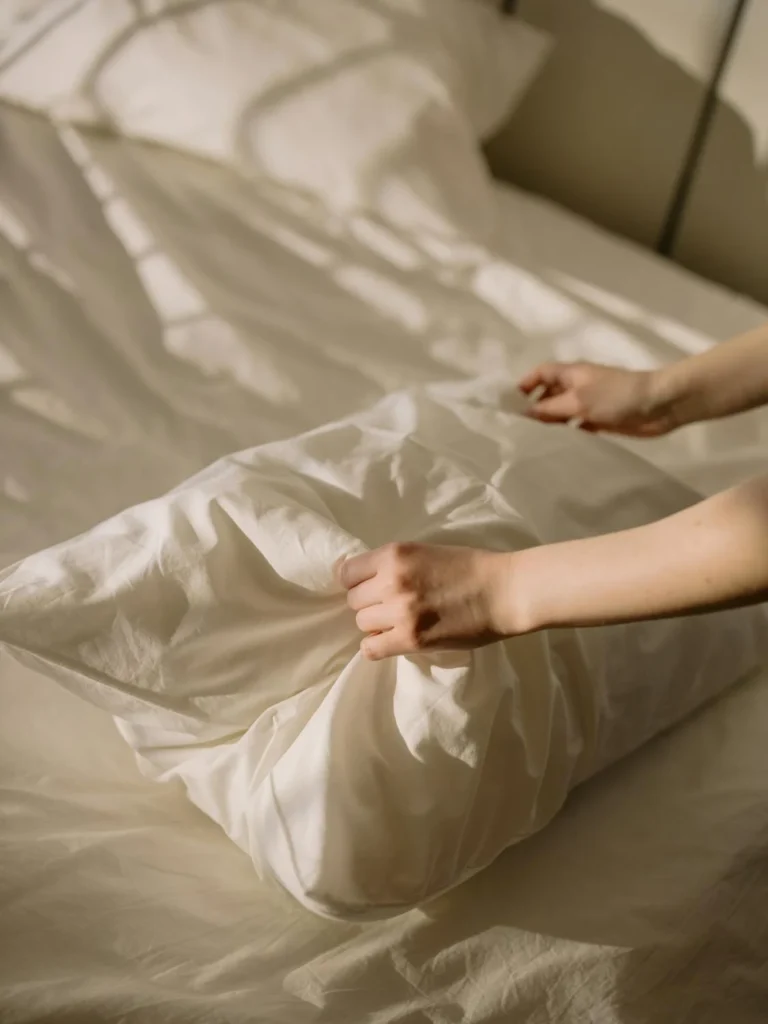
If you’ve spent any time on the internet this week, you’ve probably heard about the man who claims his girlfriend was “mad” with him when he introduced The Yellow Pillow. The young man, Cam, initiated a violent debate after he “fessed up to owning the grotty item,” which is not the most absurd claim you’ve heard this week—that one was disproved, don’t worry. In a now-viral post on X, formerly known as Twitter, Cam published a photo of his severely yellowed pillow and wrote, “Gf is upset at me since I disclosed to her The Yellow Pillow. Fellas, I am sure you are all aware that this item is magical.”

“It’s not my fault the pillow is yellow and bestows upon me the most peaceful slumber.” While some individuals found the whole situation unpleasant, it turns out that many other Yellow Pillow lovers took to the comments to defend him. I will let you pick where you fall on that spectrum. According to one user, they ‘legitimately haven’t rested quietly since’ parting with their beloved Yellow Pillow, and their ‘life has been a downward spiral’ since then.
A third participant stated that “using the same pillow since the age of 10 and never washing it” was a hallmark of a man. However, what causes a pillow to turn yellow? There are several reasons, but moisture plays an important part in almost all of them. The first and perhaps most visible example is sweat. Sweat seeps into your pillow at night, giving it a saffron color.

Furthermore, natural oils in your skin and hair, as well as spit and drool, might cause yellowing of your pillows. Furthermore, if you use oils, lotions, and creams before bed, your pillow may turn yellow. If you want your pillowcases to be as white and pure as driven snow, Time magazine recommends that you make sure your hair is totally dry before going to bed, as moisture from your hair may result in a yellow pillow.


